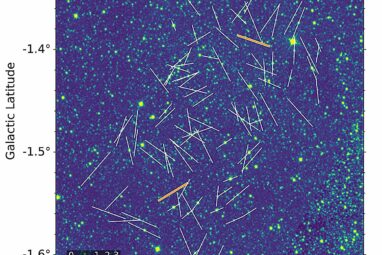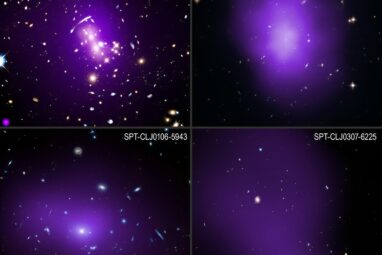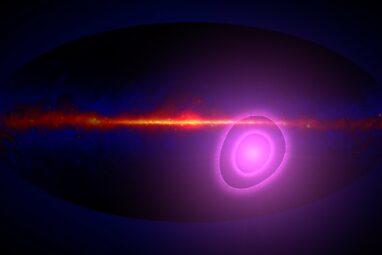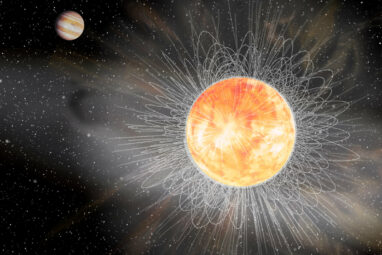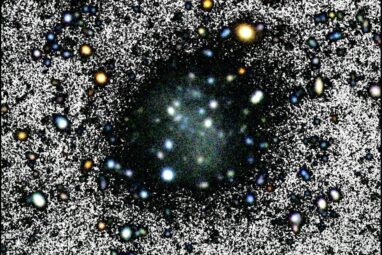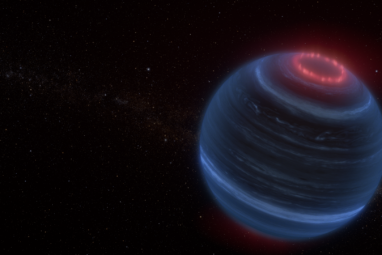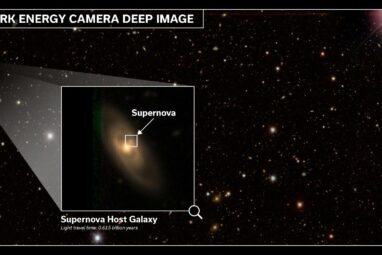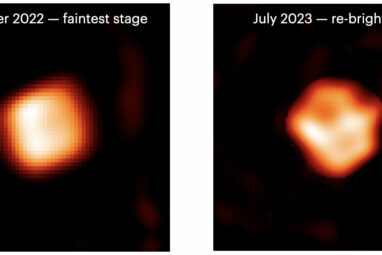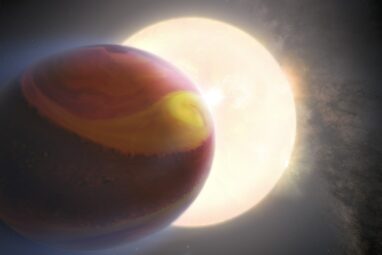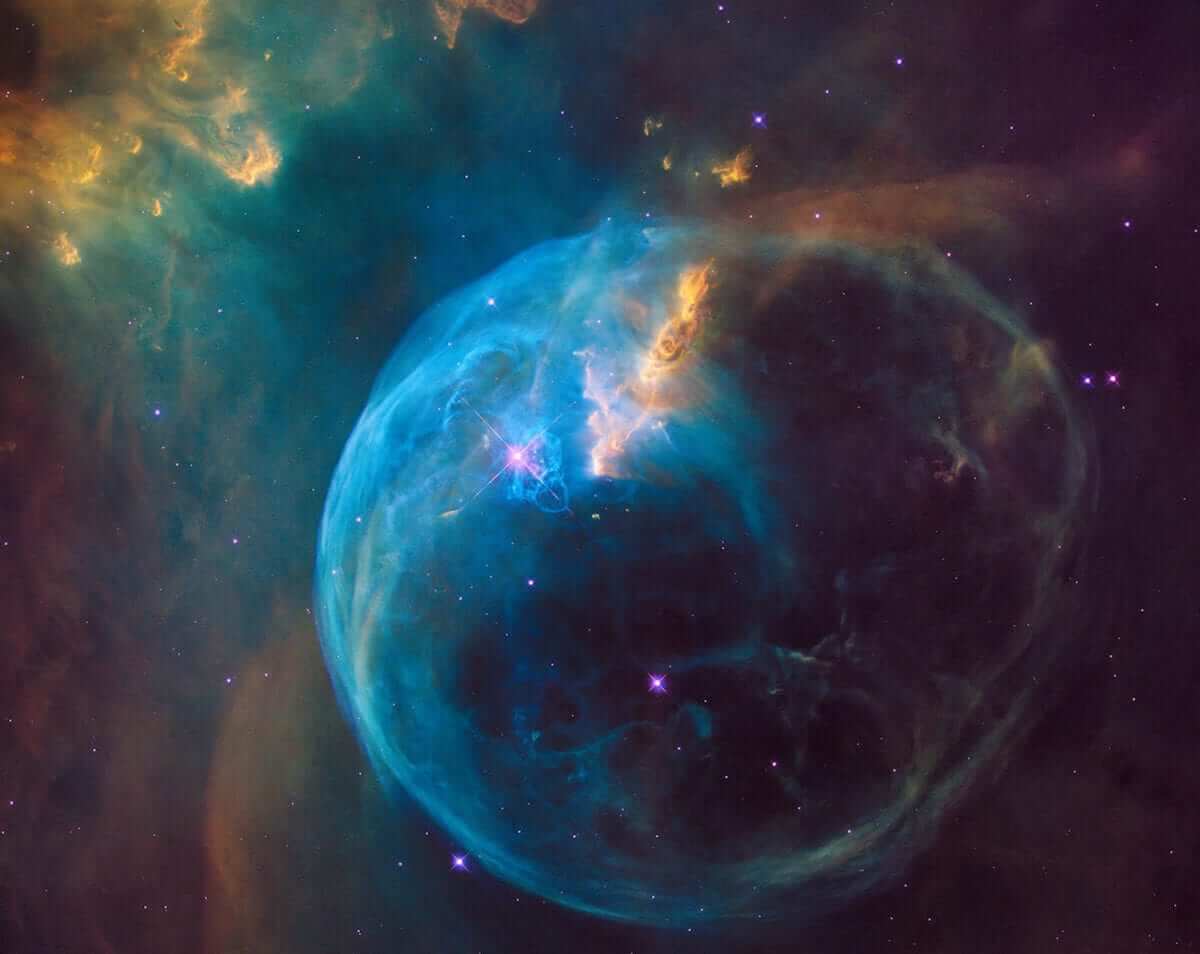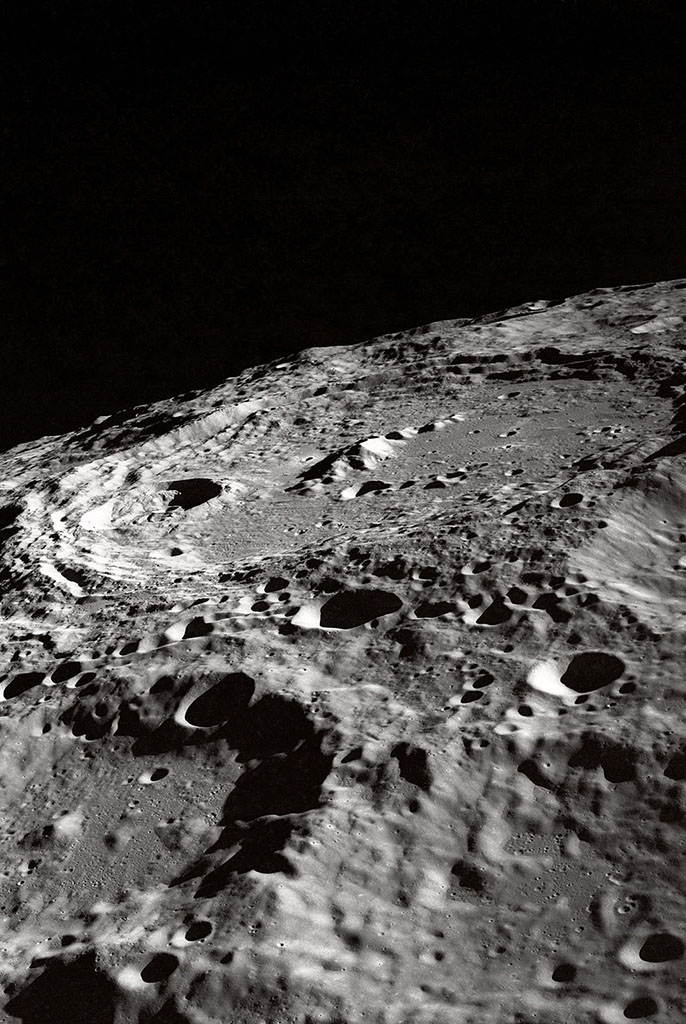A team of astronomers including those from the University of Tokyo have created the first-ever map of magnetic field structures...
Astronomers have completed the largest and most detailed study of what triggers stars to form in the universe’s biggest galaxies,...
Astronomers analyzing 13 years of data from NASA’s Fermi Gamma-ray Space Telescope have found an unexpected and as yet unexplained...
Beta Pictoris, a young planetary system located just 63 light-years away, continues to intrigue scientists even after decades of in-depth...
Once upon a cosmic time, scientists assumed that stars apply an eternal magnetic brake, causing an endless slowdown of their...
Once upon a cosmic time, scientists assumed that stars apply an eternal magnetic brake, causing an endless slowdown of their...
Nube is an almost invisible dwarf galaxy discovered by an international research team led by the Instituto de Astrofísica de...
Astronomers using NASA’s James Webb Space Telescope have found a brown dwarf (an object more massive than Jupiter but smaller...
Researchers at Swinburne University of Technology have contributed to a landmark study that complicates our understanding of the universe. The...
Astronomers from Georgia State University’s CHARA Array have captured the first close-up images of a massive star known as RW...
Neptune is fondly known for being a rich blue, and Uranus green—but a new study has revealed that the two...
By combining several years of observations from NASA’s Hubble Space Telescope along with conducting computer modeling, astronomers have found evidence...
